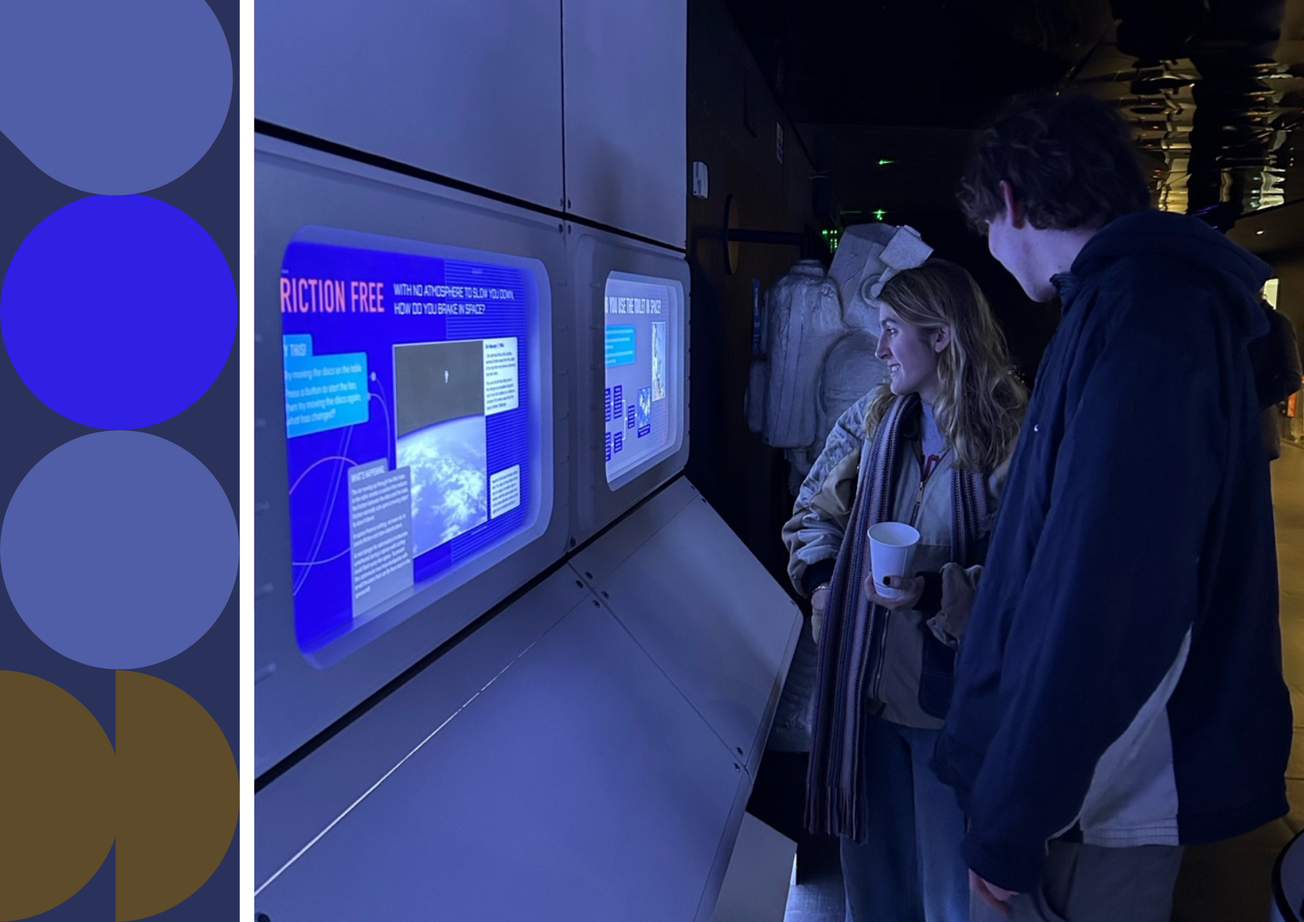By Miles Gilroy, SciTech Deputy Editor
Two of the biggest questions faced by scientists at the moment are that of the advent of life on Earth and the possibility of life outside of Earth. Whilst these questions have been around for potentially millenia, they still remain unsolved, but we may have just moved one step closer.
You would be forgiven for losing interest in the idea of alien life or the beginning of life itself since all new discoveries seem to fizzle out into nothingness within a matter of weeks. However, what if I told you that a single discovery, made by the Curiosity rover on Mars, took us a definitive step closer to answering both these questions at the same time?
Earlier this year, the Curiosity rover was wandering through a Martian crater as per usual; collecting samples of rocks, enjoying the views; when a sample analysis rang alarm bells at the University of Copenhagen. A team of researchers, led by Prof Matthew Johnson, a chemistry professor at the university, had been investigating the photolysis of CO2 (carbon dioxide) within the Martian atmosphere, a process in which the Sun’s UV rays break down CO2 molecules into CO (carbon monoxide) and oxygen.

This research started 12 years ago when Johnson and his team ran simulations of a CO2 rich atmosphere under UV conditions to form predictions that could act as fingerprints to spot where photolysis had happened, even billions of years ago.
To understand these fingerprints and, hence, answer the burning questions above, it is first necessary to have a brief understanding of the process of photolysis and its effects on the ratios of carbon isotopes (bear with me). The most stable isotopes of carbon are carbon-12 and carbon-13, so these are the two isotopes that are found naturally and, since carbon-12 is lighter than carbon-13, it is photolysised faster.
Normally, carbon-12 and carbon-13 are present in the ratio 99:1, but, due to the mismatch in the rates of photolysis, when photolysis has occurred, there is a larger amount of carbon-13 in the CO2 than there should be (enriched CO2) and a smaller amount in the CO than there should be (depleted CO). This means that the isotopic ratios in the CO2 and the CO act as two different fingerprints that can be used to identify photolysis.
A few years ago, a meteorite of Martian origin landed on Earth and Johnson and his team were able to determine that the CO2 in the rock had been enriched with carbon-13, one of the fingerprints of photolysis. This was an exciting discovery for the team, but, realistically, they would need to find both fingerprints to be able to prove that photolysis had occurred in the atmosphere of Mars.
photolysis had occurred in the Martian atmosphere billions of years ago
That’s where this recent discovery comes in. The samples analysed by Curiosity this year show the depletion of carbon-13 in the CO, thus providing Johnson with enough evidence to confidently say that photolysis had occurred in the Martian atmosphere billions of years ago.
But how does all this help us solve the question of extraterrestrial life? Carbon dioxide and carbon monoxide are known as organic molecules. Critically, these are not necessarily molecules produced by organisms, they are just molecules containing carbon. But what is exciting is that whilst these molecules aren’t necessarily made by living things, in fact photolysis proves the contrary, they can act as the building blocks for life. This means that photolysis, which we now know has occurred within the atmosphere of Mars at some point, could be the initial process that starts the chain of processes that eventually form living organisms.
Now, what about life on Earth? Back in the early days of the solar system, Mars and Earth were very similar. Once they had formed solid surfaces, they both became volcanically active, releasing CO2 and forming atmospheres. This is the point at which we believe photolysis occurred on Mars, since the atmosphere was so rich in CO2, so it is likely that it also occurred on Earth.
Taking our knowledge of organic molecules and how they are produced via photolysis, we can accurately say that life on Earth possibly started thanks to this process. The next step comes in the form of working out why/how Earth’s atmosphere went on to become so much more complex than Mars’. This answer likely lies in the water that was present on the planets at the time, but that's an article for another day (wink wink).
we may have found the process that kick-started life on Earth
All in all, this is very good news for astrobiologists. We know that photolysis occurred in the early Martian atmosphere, meaning it is possible that there is, or at least was, a complex array of organic molecules knocking about, ready to form life (whether it did or not, we still don’t know).
Also, thanks to our new-found knowledge of photolysis and our existing knowledge of the similarity between early Mars and Earth, we may have found the process that kick-started life on Earth.
Featured image: NASA/JPL-Caltech/MSSS
Do you think that photolysis is the key to the origins of life?









